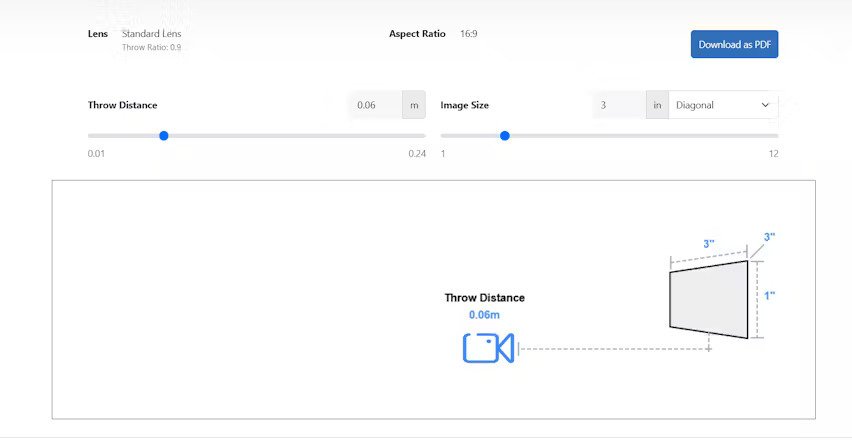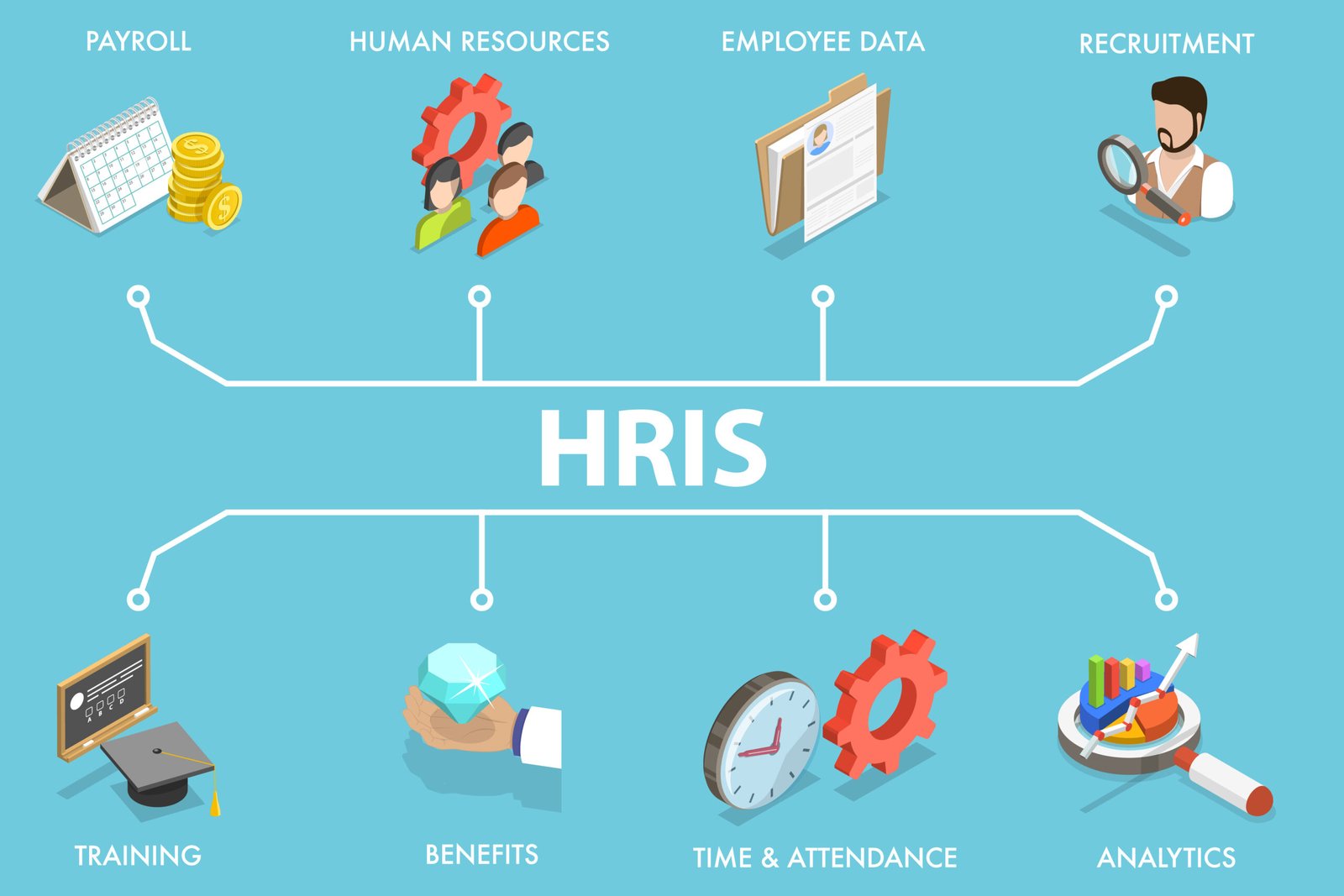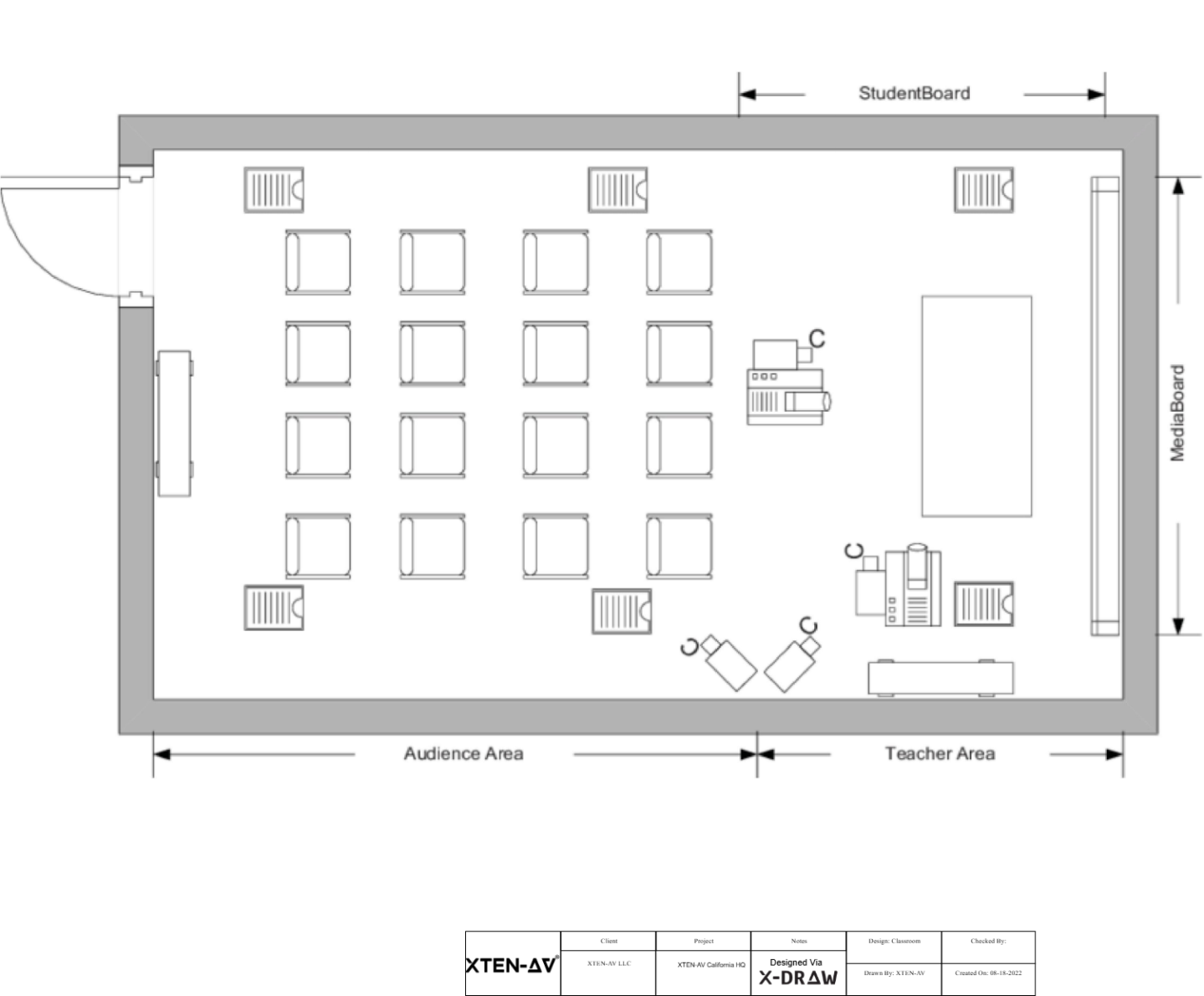You’ve been there. The job is posted, and before you can finish your coffee, resumes start pouring in. By the next day, you’re staring at a pile of 300+ applications for a single position, and the pressure is on. Hiring managers are asking for a shortlist, candidates are sending follow-ups, and your calendar is packed with interviews.
The real issue?
There’s no way to give each resume the attention it deserves. Not when time is limited and expectations are high. Usually, the initial review involves scanning the top third of a document before deciding whether it’s a “maybe” or “no.”
The irony is, recruiters genuinely want to find the best-fit candidate. But when overwhelmed by volume, speed wins over scrutiny. The result? Qualified candidates may never get the consideration they deserve. The most thoughtful resumes, those that reflect diverse backgrounds or unconventional experience, often go unseen. It’s not due to a lack of care; it’s the sheer reality of limited time and bandwidth.
A 2023 study revealed that recruiters spend nearly 23 hours a week just screening resumes for a single open role. That’s more than half the workweek spent on repetitive, manual sorting.
For every 250 applications (which is the average per job, according to Glassdoor), only 4 to 6 candidates typically make it to the interview stage. That’s not just a workload problem, and it’s a strategic challenge. When hiring takes too long, businesses lose momentum. Projects get delayed. Teams get overburdened. And worst of all, the best candidates get away.
It’s a situation that leaves recruiters stuck between expectations and capacity, wanting to be thorough, but constantly chasing deadlines. When speed and quality feel like trade-offs, something has to give.
And that’s where smarter solutions and more intelligent workflows are starting to step in.
A Shift Toward Smarter Screening
As the recruitment landscape grows more fast-paced, more firms are starting to rethink the screening process. They’re addressing key questions like “How can we ensure consistency in how candidates are assessed?” How can we retain quality while moving faster?
This has sparked a renewed interest in automation, not to replace but to supplement human judgment. Accurate data extraction or a resume parser is being introduced to streamline the initial phases of hiring, allowing recruiters to process enormous numbers without sacrificing fairness or depth.
Furthermore, it goes beyond time savings. The primary goal is to develop a process that is more structured, insightful, and responsive to the changing needs of talent acquisition.
Where Automation Meets Insight
Automated resume screening solutions are intended to assist recruiters by automating the most time-consuming aspects of the hiring process. They serve as an initial layer of intelligent filtering rather than taking the role of human decision-making. There are many AI-powered solutions, such as search & match, that use advanced natural language processing (NLP) to match and search the candidate according to skills or experience as per the requirement.
This semantic layer ensures more relevant and inclusive matches, helping recruiters uncover hidden talent that traditional keyword filters might miss. The API allows deep customization matching based on domain-specific terminologies, flexible weightage across parameters like skills, education, and experience, and even supports multilingual profiles, making it an ideal solution for high-volume or global hiring teams.
RChilli’s solutions are well equipped with advanced search and match solutions that automatically align applicants with the job role and description.
Rather than just scanning for keywords, these solutions analyze context, examining how abilities and experiences connect to the function. This implies more accurate shortlists for recruiters and less time wasted on surface-level screening. Additionally, it makes evaluations consistent, which lessens the possibility of missing someone whose resume doesn’t fit into the conventional format.
What once took many days can now be completed a fraction of the time. Most importantly, this allows recruiters to focus on what they do best: connecting with people, assessing cultural fit, and having meaningful interactions with potential hires.
Reclaiming Time for Strategic Hiring
Automating the early screening process enables recruiters to shift their focus from reactive sorting to proactive planning. The time formerly spent browsing through resumes can now be used to improve candidate experience, amend job descriptions, and build stronger talent pipelines.
This is especially useful in competitive marketplaces, when timing might mean the difference between employing a great prospect and losing them to another offer. Recruiters are better able to respond swiftly, manage relationships, and make sensible, timely decisions now that administrative procedures have been automated.
Cost-Effective Solutions for Busy Hiring Teams
Leveraging AI-powered solutions like Accurate Data Extraction and Enhanced Search & Match doesn’t have to strain your budget. Smart, scalable tools now offer advanced functionality at an affordable price, making it easier for companies of all sizes to streamline hiring.
With customizable parsing solutions and multi-level search capabilities, recruiters can tailor the technology to fit their unique needs. The real value lies in long-term ROI, reduced time-to-hire, fewer manual hours, better-quality shortlists, and improved recruiter productivity. These efficiency gains translate into fewer hiring missteps and a more agile, responsive recruitment process.
User-Friendly Solutions that Recruiters Use
Technology only works when people utilize it properly. For this reason, usability is crucial when it comes to recruiting solutions. If the user interface is difficult to use or slows down recruiters, a powerful resume parser or applicant matcher is useless. Hiring teams require solutions that are simple, easy to learn, and integrate effortlessly into their everyday processes.
Modern platforms understand this. Many offer drag-and-drop functionality for resume uploads, clear dashboards, and easy filtering to find the best-fit candidates. According to industry sources, today’s parsers are designed to reduce friction, not add to it. Whether it’s syncing with an ATS or allowing recruiters to set custom preferences, usability is at the core of these solutions. The result? Better adoption, fewer errors, and a more streamlined hiring experience.
Must-Have Features in Data Extraction and Matching Solutions
When it comes to data extraction and candidate matching, precision and performance aren’t optional; they’re essential. Recruiters rely on these tools to sift through thousands of resumes quickly and accurately, and the right features can significantly impact hiring success. Here’s what to look for:
1. Accurate Data Extraction
RChilli’s resume parser excels at capturing more than just names and titles. It intelligently extracts over 200+ data fields, including skills, experience, education, certifications, languages, and social links. Its multilingual capability supports over 40+languages, making it ideal for global recruitment. With deep learning and NLP at its core, the parser understands context and nuances, improving the accuracy of extracted data across industries and roles.
2. Bias Reduction for Fair Hiring
Eliminating unconscious bias starts with anonymized data. RChilli offers parsing configurations that can mask personal identifiers such as names, photos, gender, age, contact details, etc., through its unbiased hiring solution, redact and design. This ensures that candidate screening focuses purely on skills and qualifications.
3. Seamless Integration with HR Tech Stack
Integration is key to adoption. RChilli’s parser integrates effortlessly with major ATS, CRM, job boards, and career sites via REST API. It offers quick deployment and real-time data exchange, creating a smooth experience for both recruiters and candidates.
4. Compliance and Security
Experts also recommend considering compliance features like GDPR adherence and robust NLP capabilities to interpret complex resume data accurately. By focusing on these essentials, companies can build a smarter, more inclusive hiring process from the ground up.
RChilli’s solutions are built with enterprise-grade security, making them reliable for organizations operating in regulated industries.
Final thoughts
Data extraction and AI matching are useful answers to actual hiring problems, not just trendy technological advancements. Everyone benefits when recruiters spend less time filling out paperwork and more time engaging with qualified candidates. In addition to saving time, these solutions increase accuracy, lessen bias, and facilitate faster and better decision-making by recruiters.
In today’s competitive talent market, adopting these technologies is not only a wise decision, but also an essential one. Additionally, businesses can future-proof their hiring strategy while maintaining focus on what truly matters—finding the right people at the right time—by selecting solutions that are both affordable and easy to use.













Leave a Reply